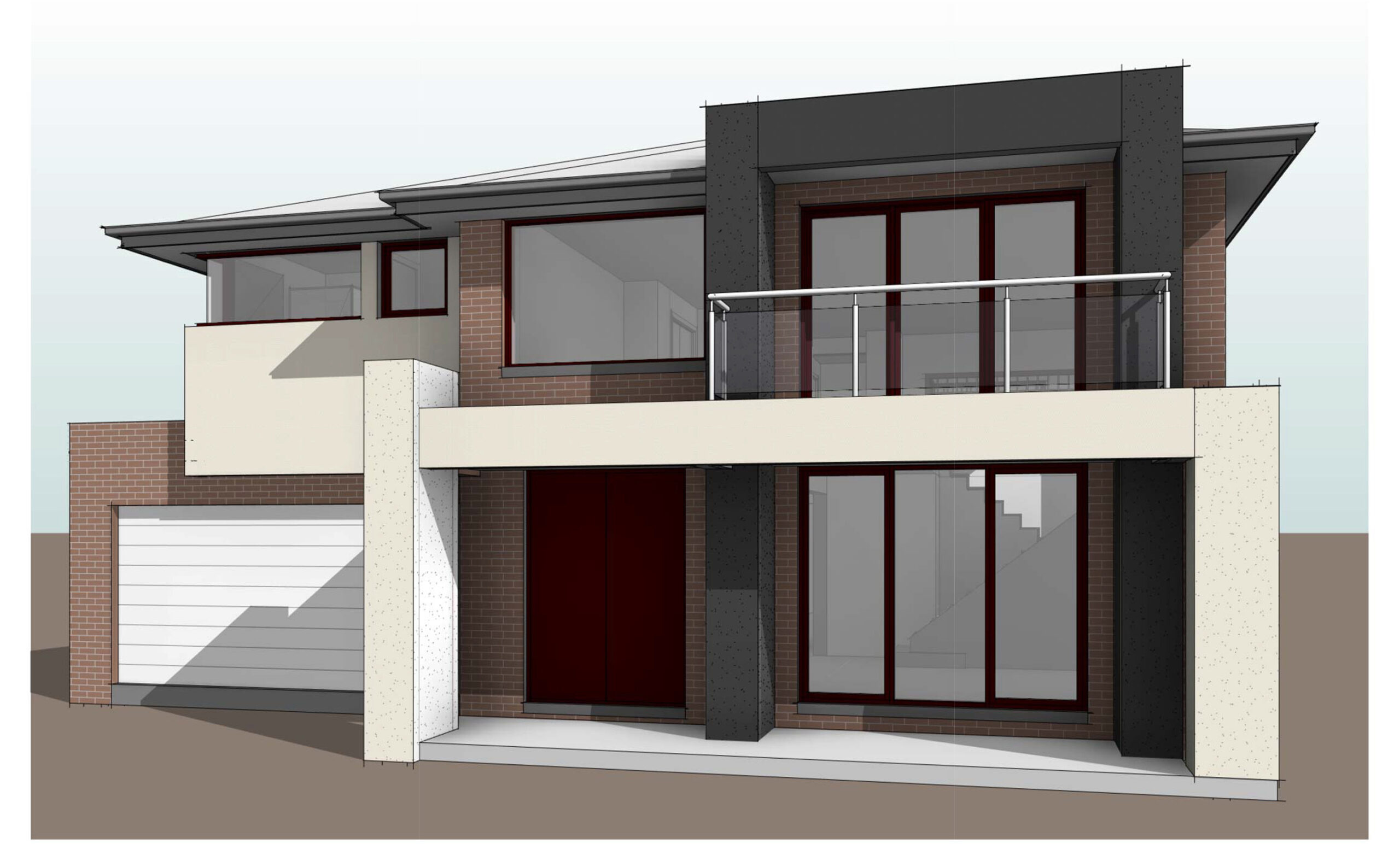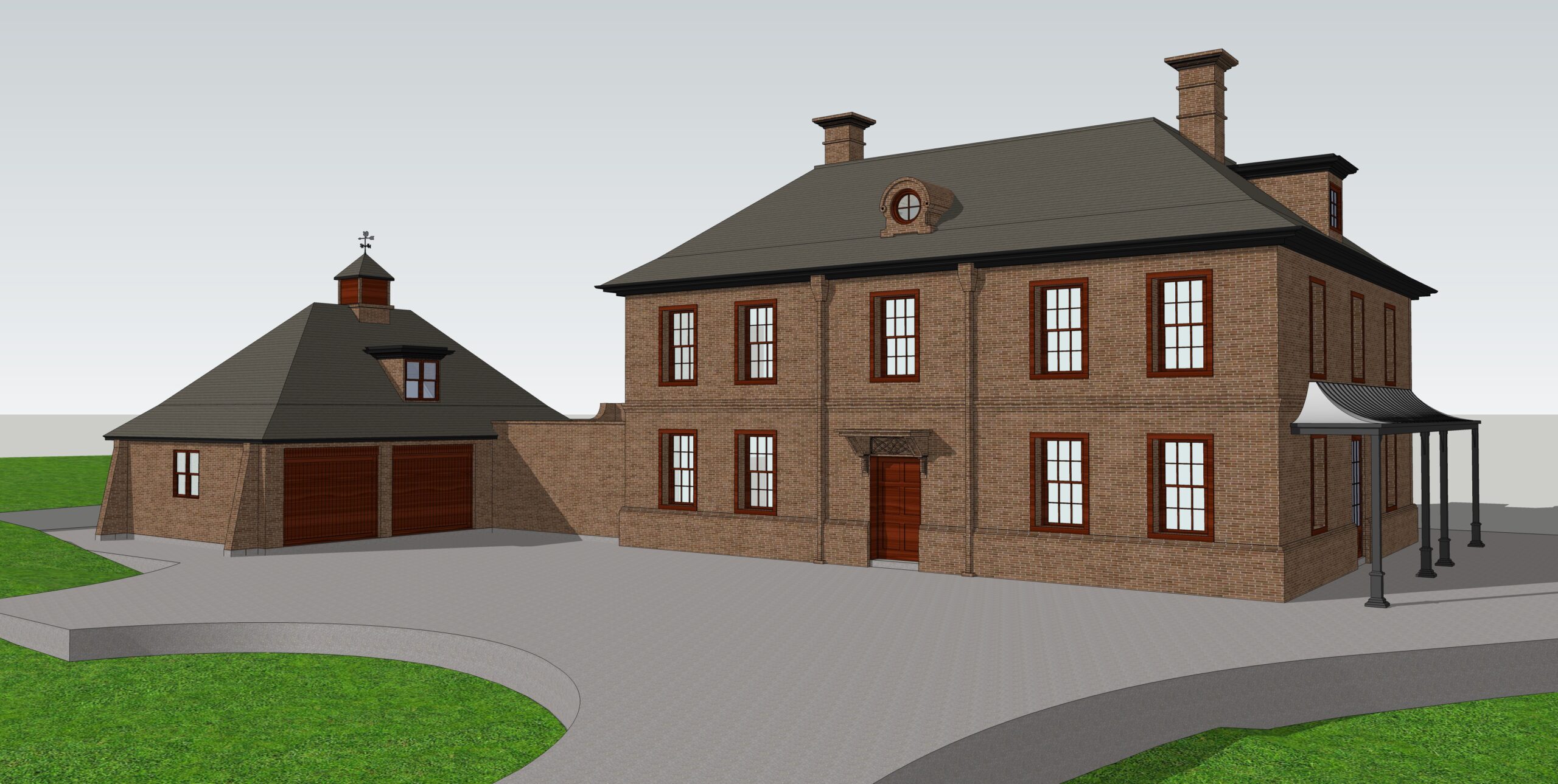Outsourcing vs In-House Architectural Services: Making the Right Choice
Posted on : Dec 04, 2023
Introduction
In the ever-evolving field of architecture, businesses often find themselves at a crossroads when deciding between outsourcing architectural services and maintaining an in-house team. Each approach comes with its own set of advantages and challenges. This article aims to explore the pros and cons of outsourcing versus in-house architectural services, helping businesses make informed decisions.
Outsourcing Architectural Services
- Cost Efficiency
Outsourcing architectural services can be a cost-effective solution, as businesses only pay for the services they use, avoiding the overhead costs associated with maintaining a full-time in-house team.
- Access to Global Talent Pool
One of the key benefits of outsourcing is gaining access to a diverse and global talent pool. This can bring a fresh perspective and innovative ideas to architectural projects.
- Flexibility and Scalability
Outsourcing allows for flexibility in project scaling. Businesses can easily adjust the size of their outsourced team based on project requirements, ensuring optimal resource utilization.
- Focus on Core Competencies
By outsourcing architectural services, businesses can concentrate on their core competencies, leaving the specialized architectural tasks to experts.
- Time Efficiency
Outsourcing can lead to quicker project completion, as dedicated teams focused solely on architectural tasks can expedite the design and planning phases.
Challenges of Outsourcing Architectural Services
- Communication Challenges
Overcoming potential language and time zone barriers may pose challenges in effective communication between the outsourcing company and the external architectural service provider.
- Quality Control
Maintaining consistent quality standards can be a concern when architectural work is outsourced. Establishing robust quality control protocols is essential.
In-House Architectural Services
- Enhanced Control and Oversight
Having an in-house architectural team provides businesses with direct control and oversight over every aspect of the project, facilitating immediate adjustments and revisions.
- Seamless Collaboration
In-house teams often benefit from seamless collaboration due to physical proximity, fostering better communication and teamwork.
- Confidentiality and Security
Sensitive project information may be better secured within the confines of an in-house team, reducing the risk of data breaches and leaks.
- Tailored Training Programs
In-house teams allow businesses to implement tailored training programs, ensuring that the team is aligned with the company’s unique vision and standards.
- Long-Term Team Cohesion
Building an in-house architectural team promotes long-term cohesion, fostering a shared understanding of the company’s culture and objectives.
Challenges of In-House Architectural Services
- Higher Operational Costs
Maintaining an in-house team incurs higher operational costs, including salaries, benefits, and infrastructure expenses.
- Limited Expertise
In-house teams may face limitations in specialized expertise, especially for niche or complex architectural projects.
- Project Flexibility Constraints
In-house teams may struggle to adapt quickly to changes in project scope or scale, leading to potential bottlenecks.
Conclusion
In the ongoing debate of outsourcing vs in-house architectural services, there is no one-size-fits-all answer. The decision ultimately depends on the specific needs, goals, and resources of the business. While outsourcing offers flexibility and cost savings, in-house services provide greater control and team cohesion. Striking the right balance may involve a hybrid approach, combining the strengths of both outsourcing and in-house capabilities.




